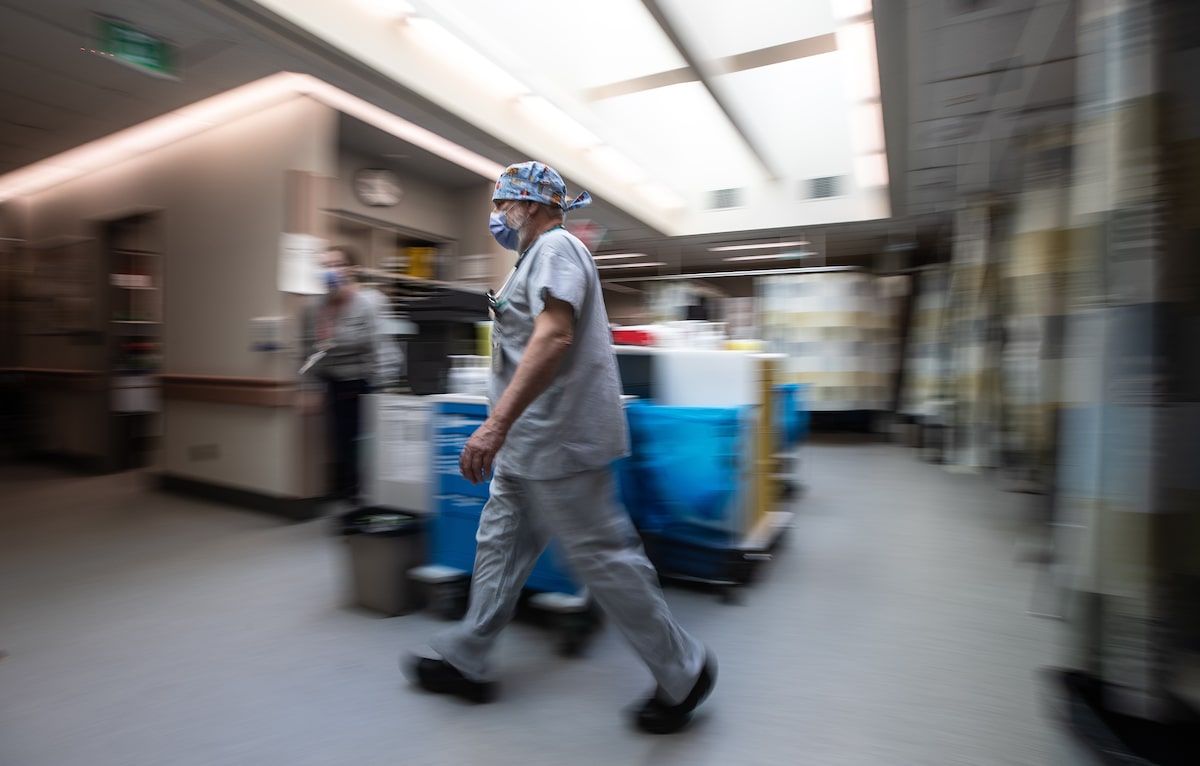Just as troubling, he says, is that of the nearly 9,000 patients with no fixed address who visited Edmonton emergency rooms last year.
Jesus Christ. That’s a lot of people for a city of only 1 million people, and one that’s among the most affordable in Canada.
What’s causing their homelessness?
one that’s among the most affordable in Canada.
Is it, though? As more services get pushed into private, I worry the affordability will suffer in ways the Rest of Canada isn’t aware of.
Isn’t it just “patients”?
At some point, healthcare and housing are inseperable as lack of housing becomes a constant health issue. So yes, “patients”, but hospitals shouldn’t be a solution to housing.
This is the best summary I could come up with:
Just as troubling, he says, is that of the nearly 9,000 patients with no fixed address who visited Edmonton emergency rooms last year, many of them wound up sent back to the same illness-inducing circumstances that landed them in the ER in the first place – only to see them return again, sicker.
Fearing where things are headed, a chorus of doctors are calling for radical change: making the case, to whomever will hear them, that safe, affordable, secure housing is the best prescription for their patients.
Tim Richter, executive director of the Canadian Alliance to End Homelessness, said that without those things – and in a very expensive real estate and rental market – people who can’t compete are being forced out the bottom.
As an in-patient social worker at the Centre for Addiction and Mental Health in Toronto, a primary part of Sarah Morgan’s role is to help patients to transition out of the hospital once they are stabilized.
In the early days of the COVID-19 pandemic, as social services shut down across the country, the organization established the Cool Aid Mobile Inner-City Outreach (CAMICO) team, to bring health care to people at temporary shelter sites set up at hotels and motels in the city.
And construction on an even more ambitious project is underway: a four-story modular apartment building is expected to open this summer, providing 51 units to permanently house patients within the UHN system who are, or are at risk of becoming, homeless – with a focus on seniors, women, and Indigenous and racialized people.
The original article contains 3,580 words, the summary contains 260 words. Saved 93%. I’m a bot and I’m open source!



